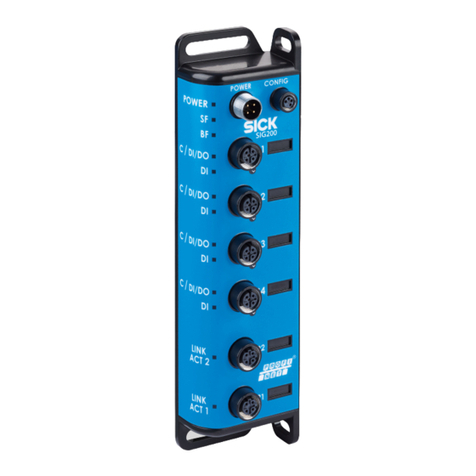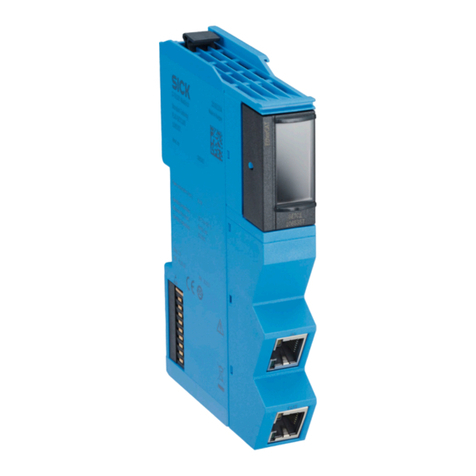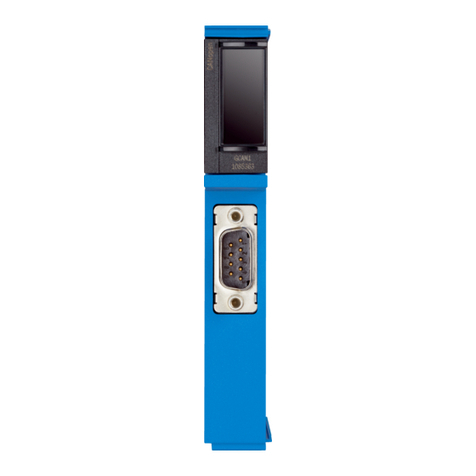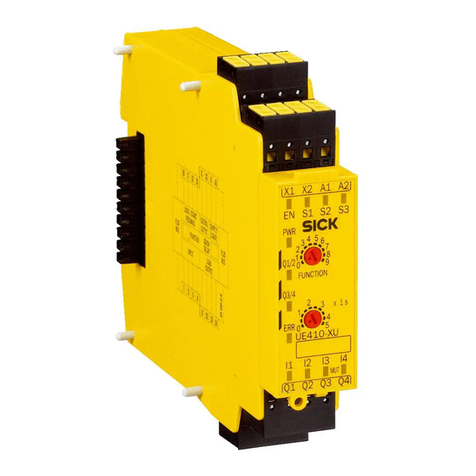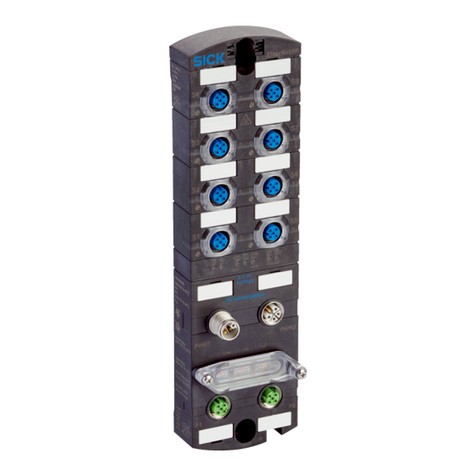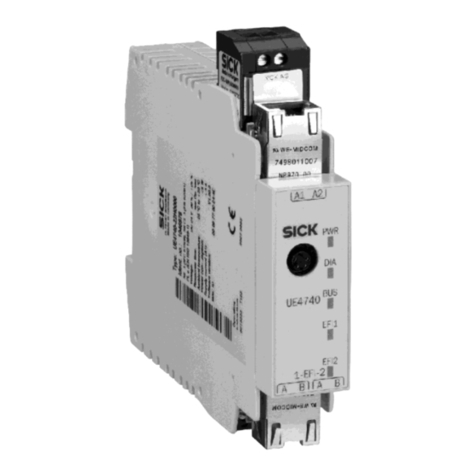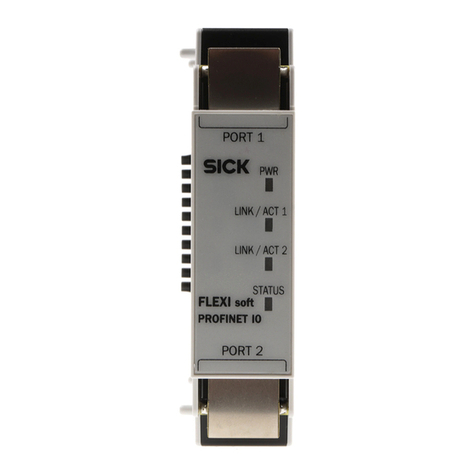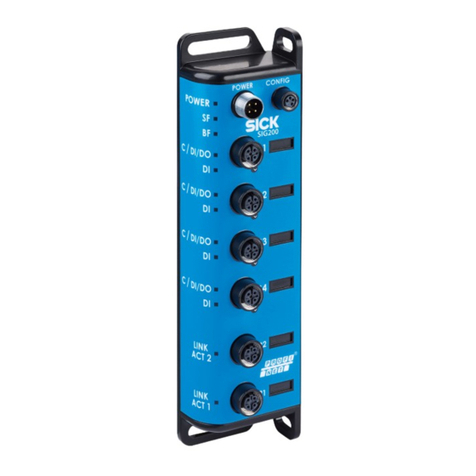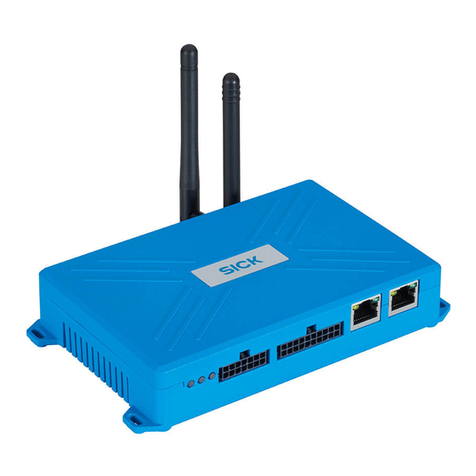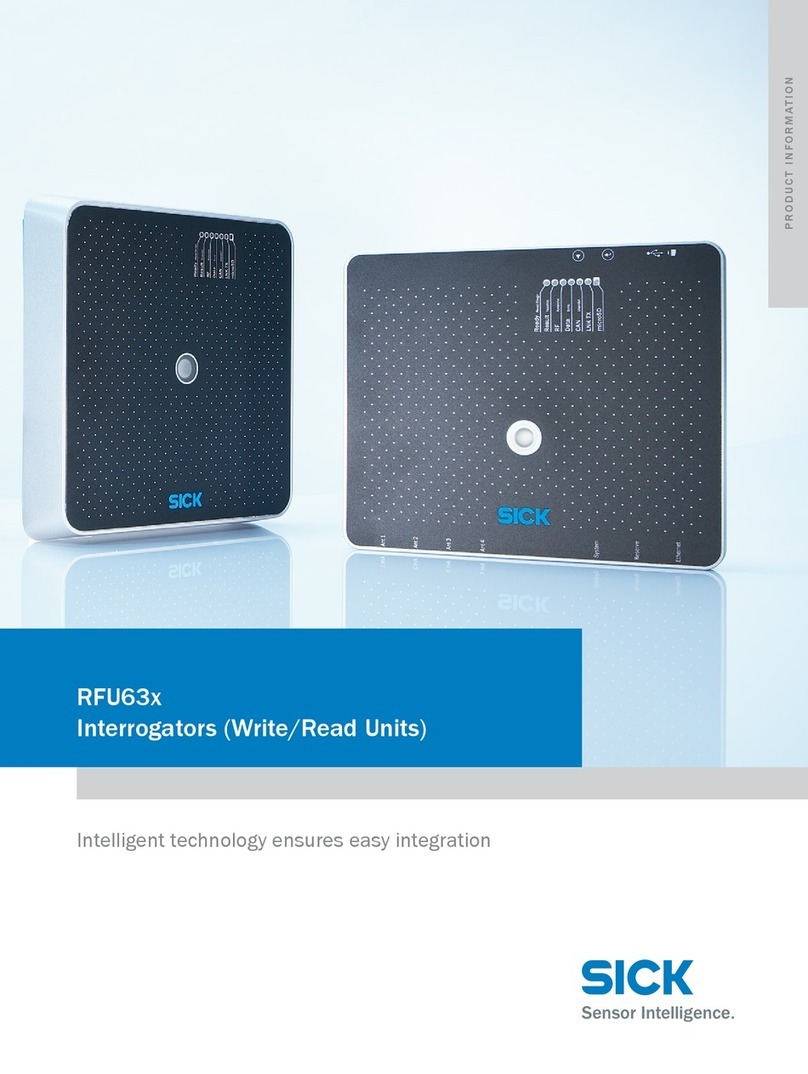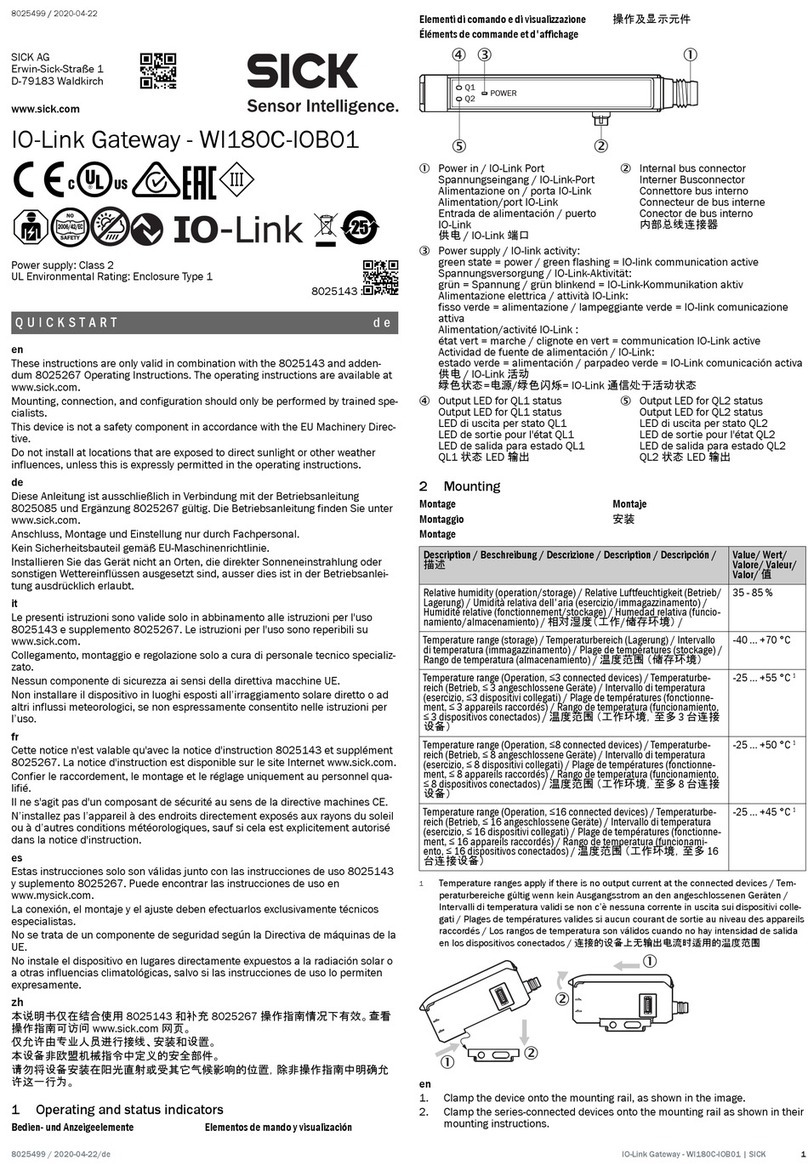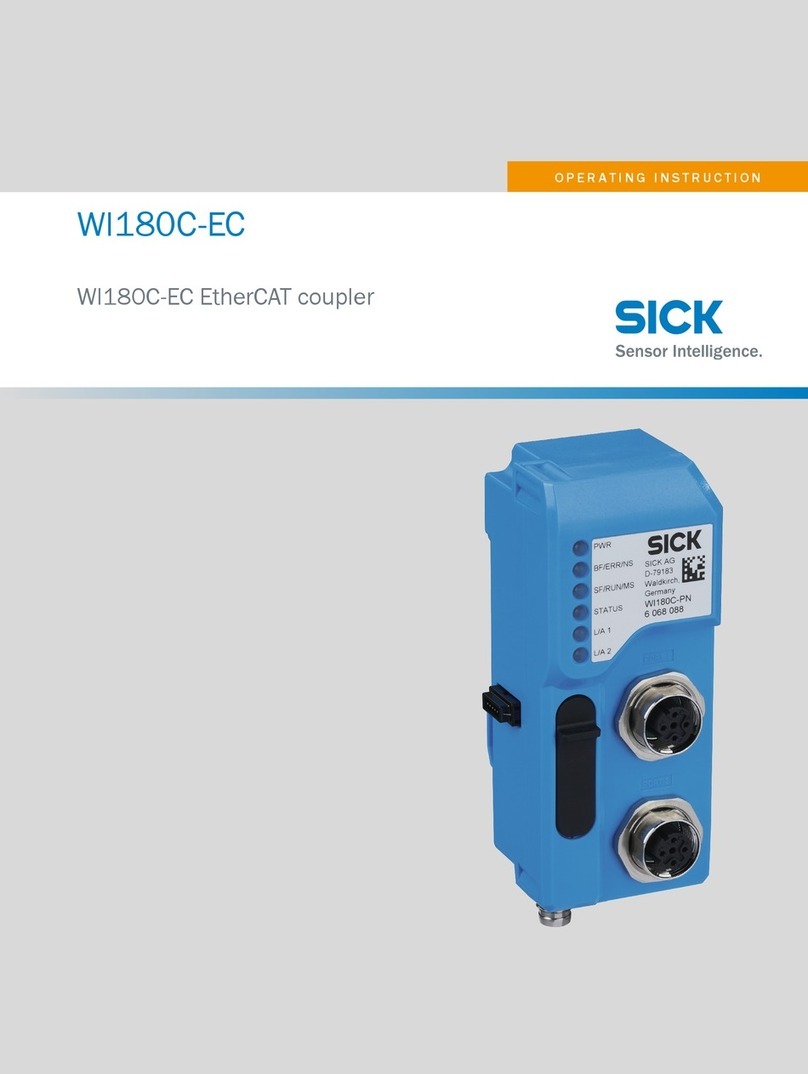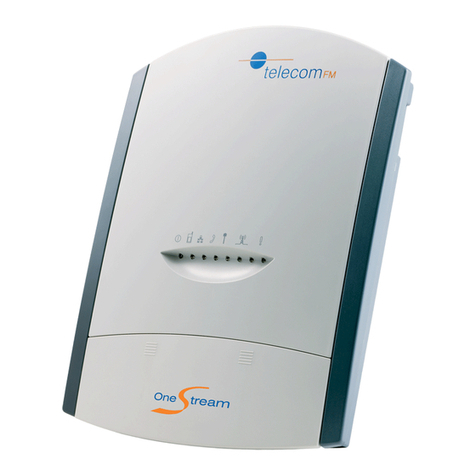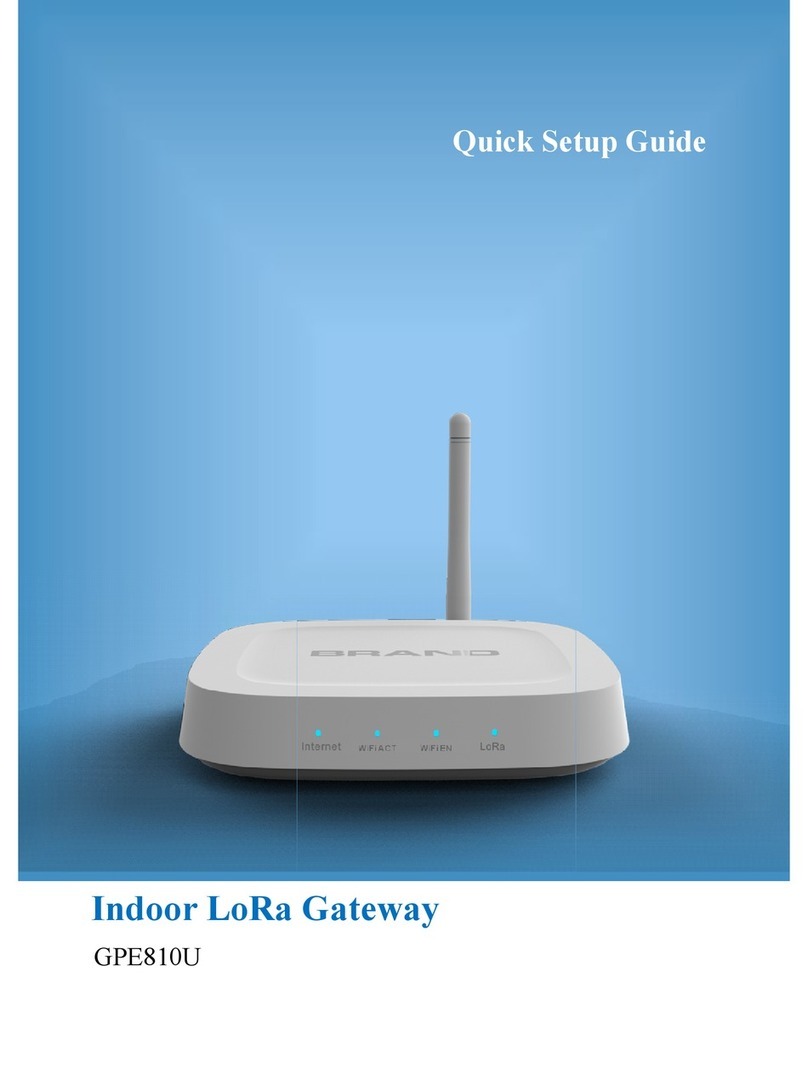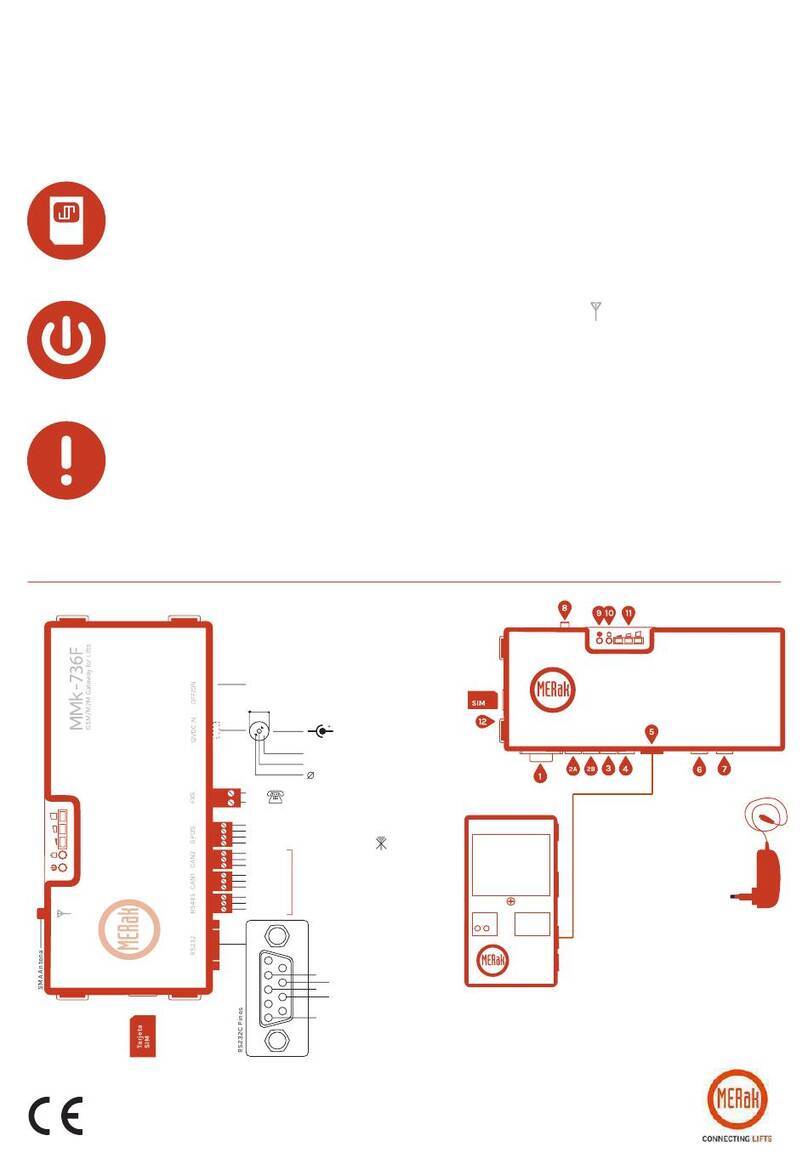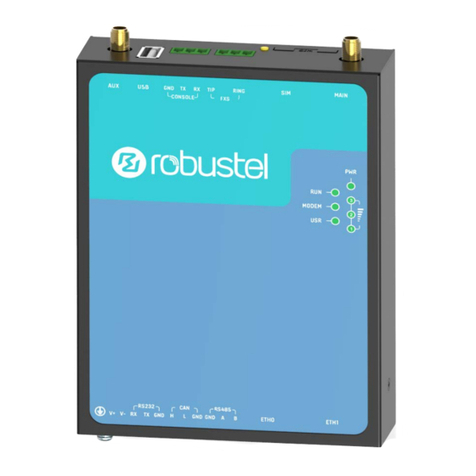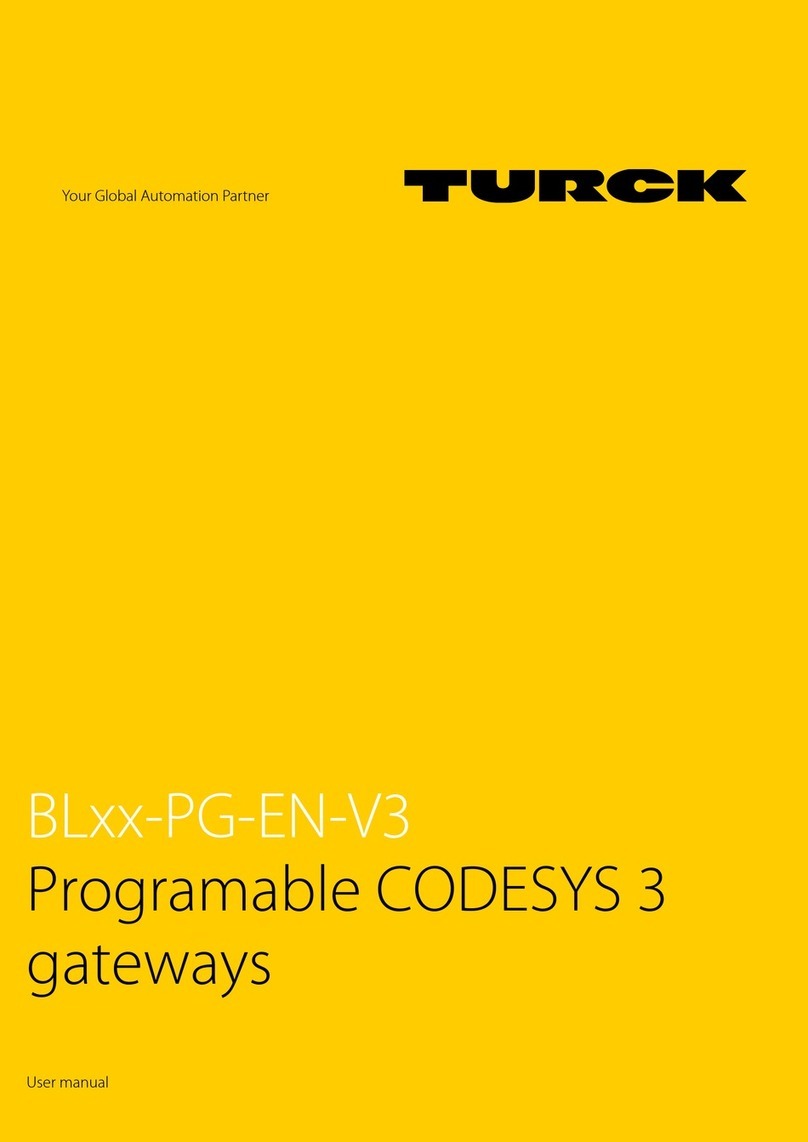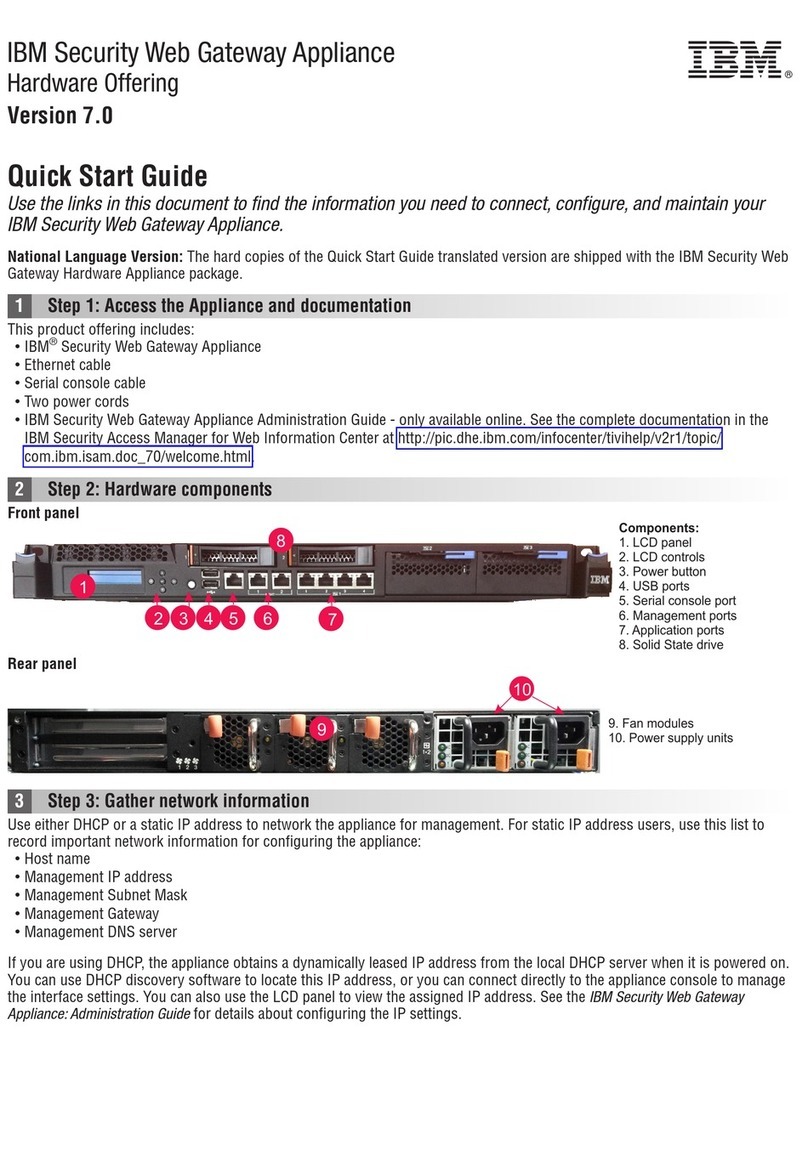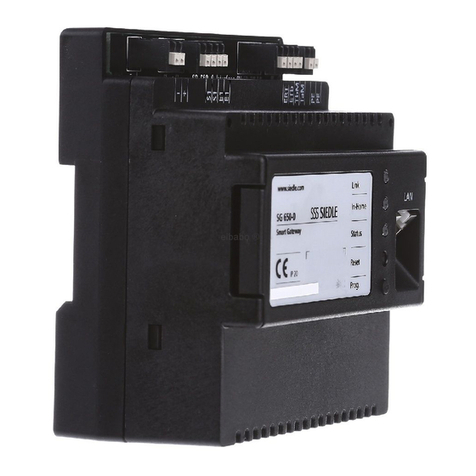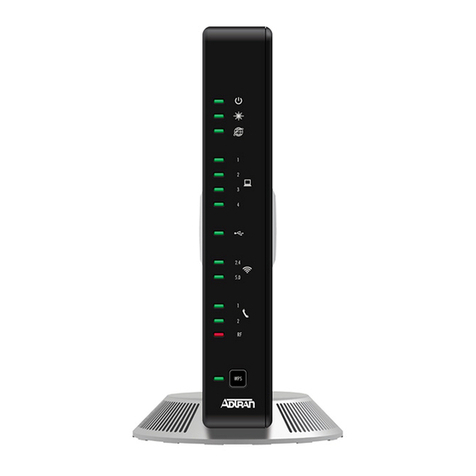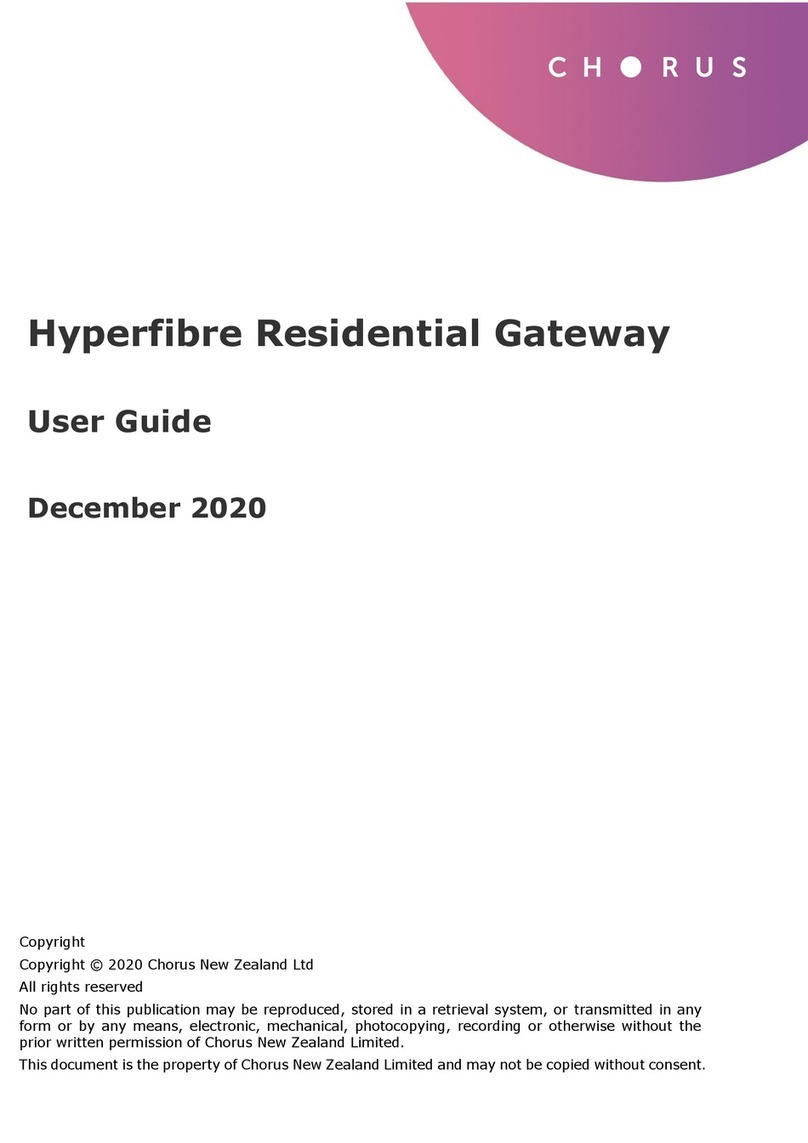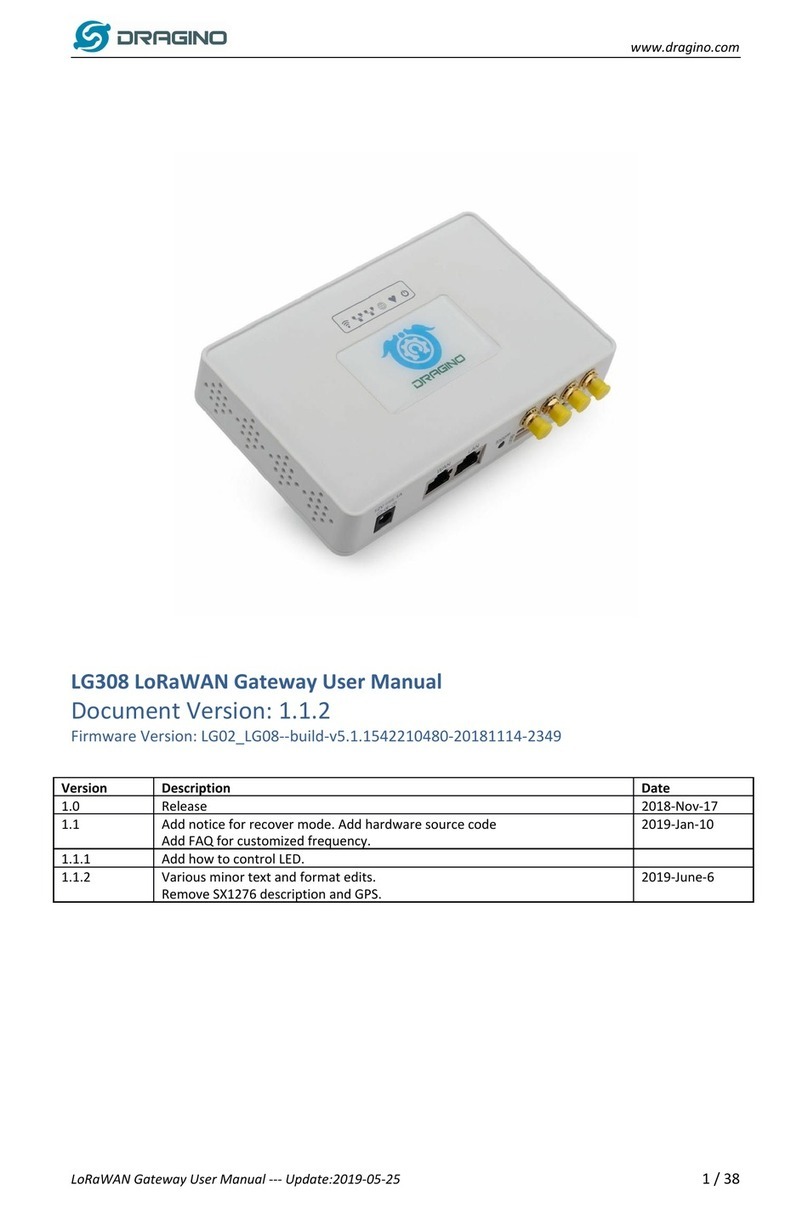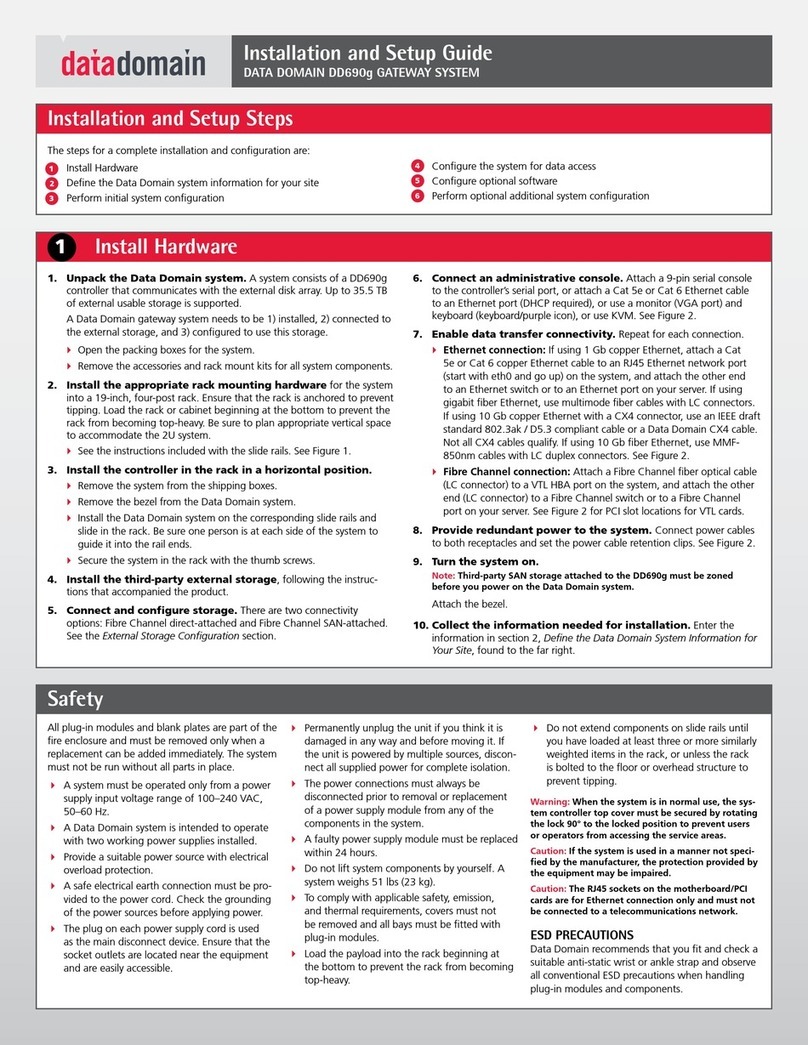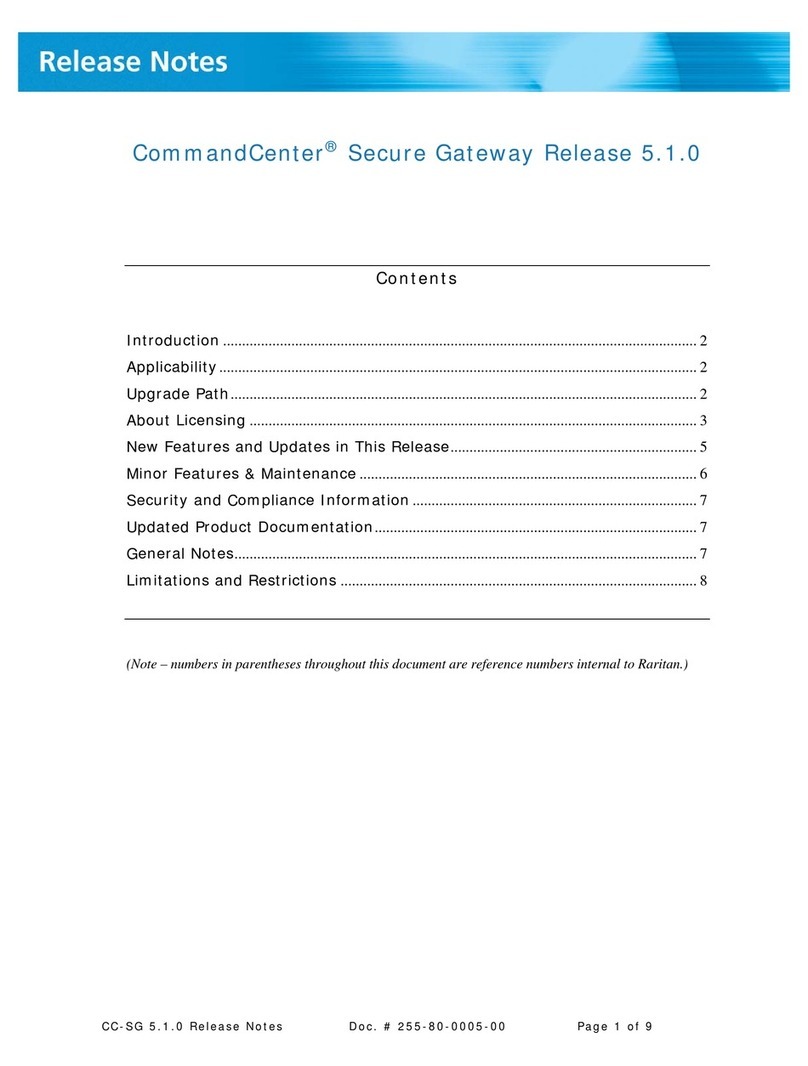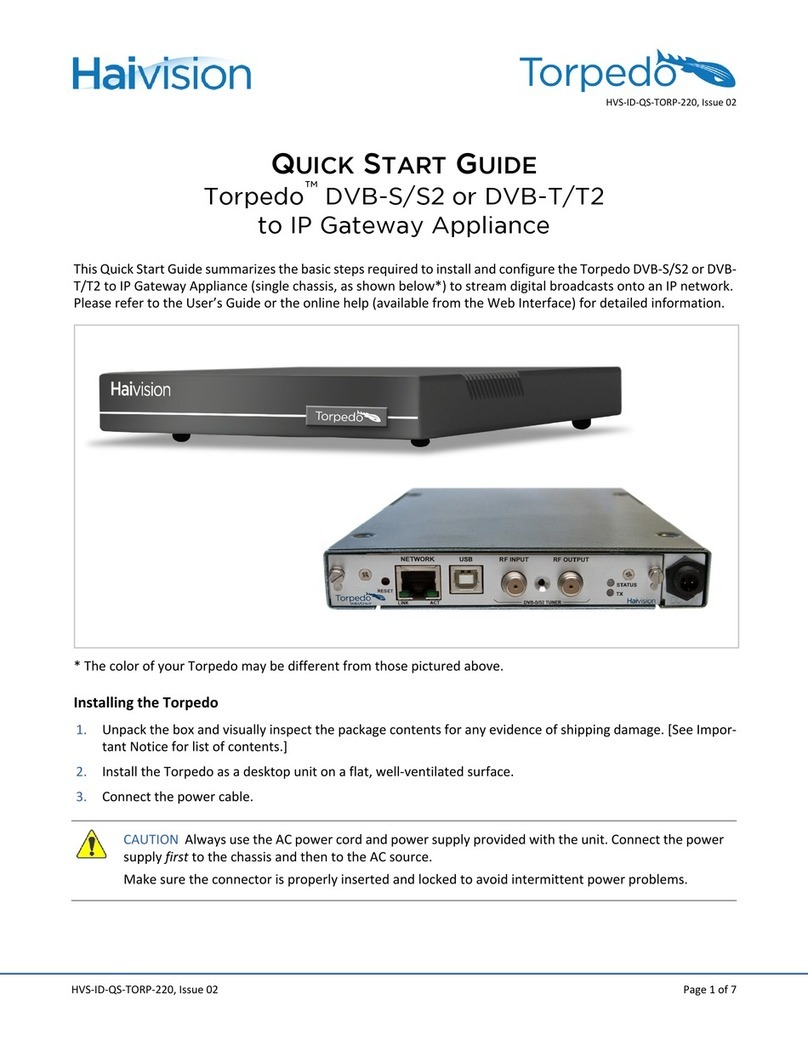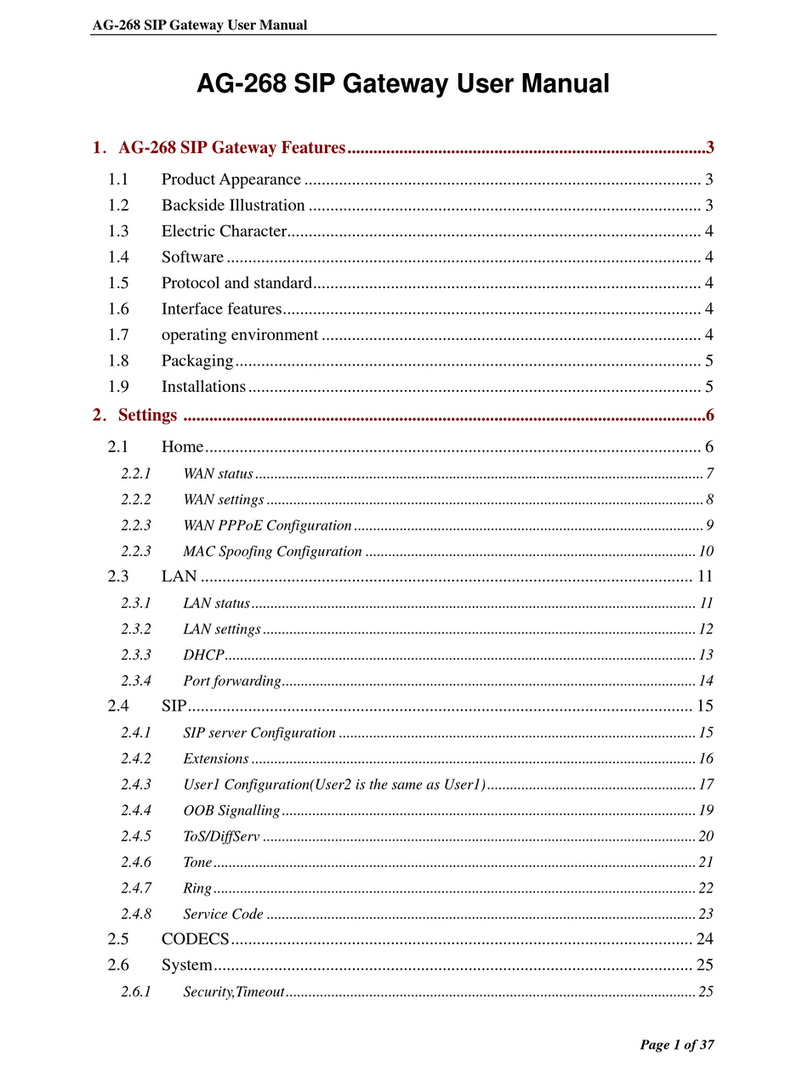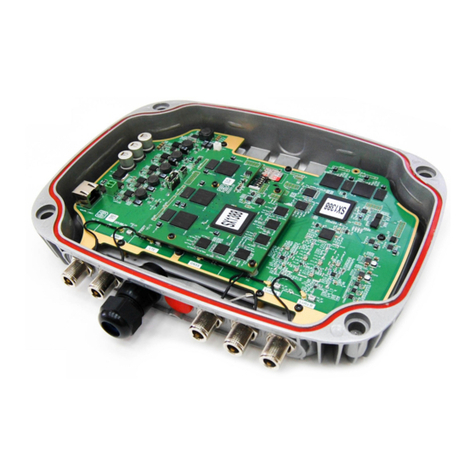
Contents
1 About this document........................................................................ 5
1.1 Further information................................................................................... 5
1.2 Explanation of symbols............................................................................ 5
2 Safety information............................................................................ 6
2.1 Intended use............................................................................................. 6
2.2 Improper use............................................................................................. 6
2.3 General safety notes................................................................................ 7
2.4 Notes on UL approval............................................................................... 7
3 Product description........................................................................... 8
3.1 General information.................................................................................. 8
3.2 Operating elements and status indicators.............................................. 11
4 Transport and storage....................................................................... 15
4.1 Transport................................................................................................... 15
4.2 Transport inspection................................................................................. 15
4.3 Storage...................................................................................................... 15
5 Mounting............................................................................................. 16
5.1 Prerequisites............................................................................................. 16
5.2 Module mounting...................................................................................... 16
5.3 Mounting of functional earth................................................................... 17
5.4 Rotary switch cover................................................................................... 18
5.5 Scope of delivery....................................................................................... 19
6 Electrical installation........................................................................ 20
6.1 Electrical installation................................................................................ 20
6.2 Pin assignment......................................................................................... 20
6.3 Supply concept......................................................................................... 22
6.4 Derating..................................................................................................... 23
7 Commissioning.................................................................................. 24
7.1 IP address................................................................................................. 24
7.2 MAC address............................................................................................. 25
7.3 Rotary switch............................................................................................. 25
7.4 Data security............................................................................................. 26
8 Operation............................................................................................ 27
8.1 EtherNet/IP integration............................................................................ 27
8.2 Dual Talk.................................................................................................... 43
8.3 Web interface............................................................................................ 60
8.4 SOPAS Engineering Tool........................................................................... 70
9 Troubleshooting................................................................................. 73
CONTENTS
8027834./2022-06-10 | SICK O P E R A T I N G I N S T R U C T I O N S | Sensor Integration Gateway - SIG350 3
Subject to change without notice
